Visitor guide
ELECTRICITY.
Voltage: 220V, 50Hz. Plug types: C and L. Some hotels may provide adapters.
TIME ZONE.
The current official time is UTC -3 / Chile Daylight Time (CLDT).
CURRENCY.
The Chilean currency is the peso (CLP). 1 USD ≈ 932.29 CLP (as of 10/10). Banknotes are available in denominations of $20,000, $10,000, $5,000, $2,000, and $1,000. Coins are available in $500, $100, $50, and $10. When paying in cash, a rounding rule applies: if the total amount ends in $1 to $5, it is rounded down ($785 → $780); if it ends in $6 to $9, it is rounded up ($786 → $790).
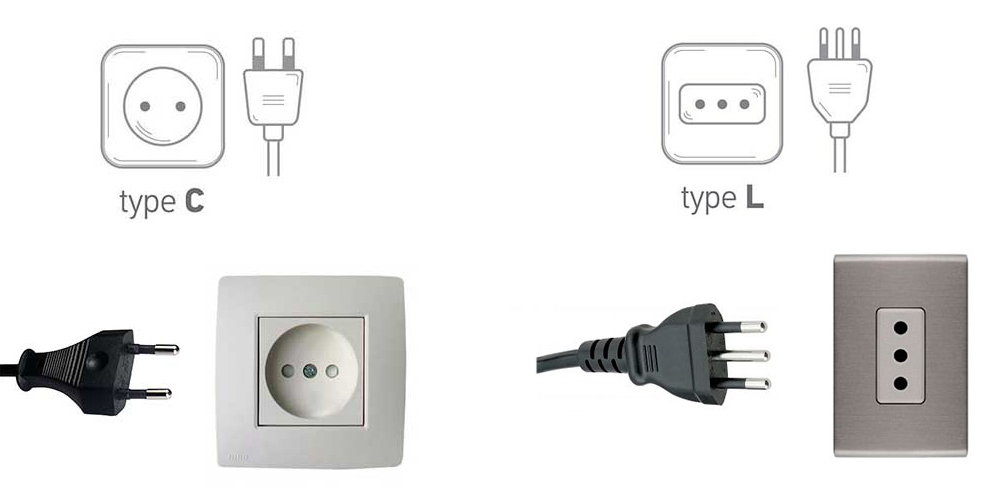

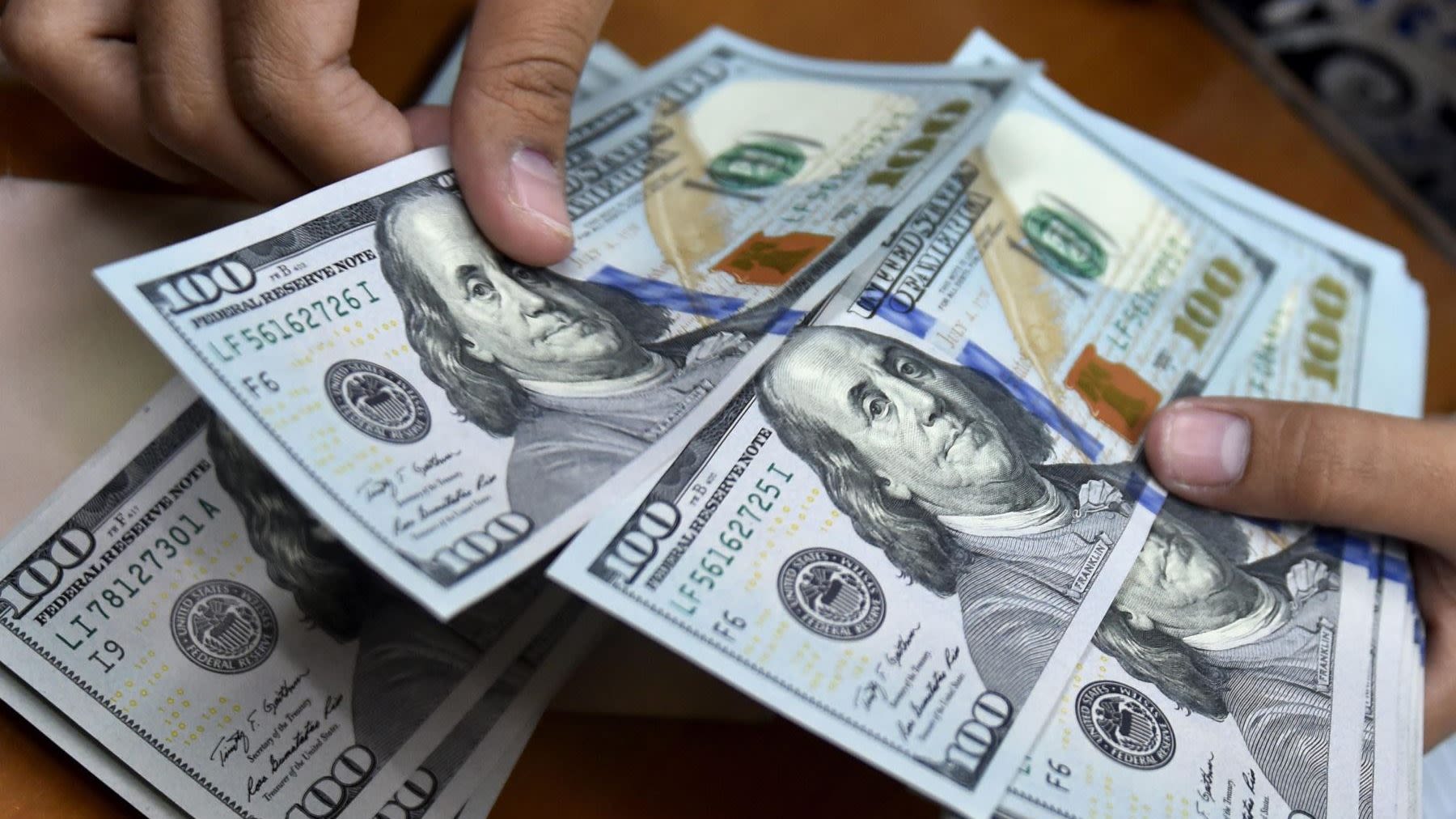
ATMs
The easiest way to obtain cash is through ATMs (Redbanc), which can be found in commercial and banking areas, metro stations, gas stations, and pharmacies. They accept both local and international bank cards (Cirrus, Maestro, Visa, and others), offering a fair exchange rate. ATMs in open areas operate 24/7 and, for security reasons, allow transactions of up to approximately USD 200 per day (200,000 Chilean pesos). Most businesses in Chile accept electronic payments via debit cards (Redcompra) and credit cards.
Foreign Money
Payments in Chile are made using Chilean pesos. Foreign currency is rarely accepted, except in hotels, where foreign visitors can pay in U.S. dollars and be exempt from the value-added tax (IVA). The foreign exchange market is not regulated by the government, allowing free buying and selling of currency at the daily rate in exchange offices. Most exchange offices are located in downtown Santiago (Agustinas Street), Providencia (Pedro de Valdivia with Providencia), and shopping centers. Other options include hotels, travel agencies, and banks.
Credit Cards
Credit cards are widely accepted, and no additional fees are charged for their use. The most commonly accepted cards are Visa and MasterCard, while American Express is also accepted in large department stores. The exchange rate for credit card transactions is fair. To avoid any issues with your card, we recommend saving your bank’s contact numbers and ensuring your card is enabled for international use.
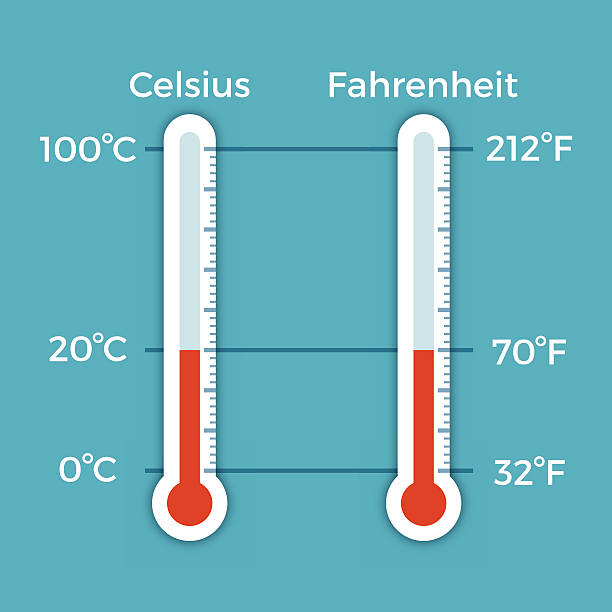
Measurement System
Chile uses the metric system, where 1 meter equals 3.3 feet, 1.6 kilometers equals 1 mile, and 1 liter corresponds to 0.26 gallons. Temperatures are measured in degrees Celsius, with 0°C equaling 32°F and 100°C equaling 212°F.

Tips
In restaurants, tips (10%) are included in the final bill, but it is not mandatory to leave them. As a general rule, a tip of around 10% of the total is left, depending on the service. It is not customary to tip taxi drivers, unless you want to round up the fare or if the driver helped with luggage.

Taxis
There are taxi stands at public transport terminals, metro stations, major hotels, airports, some street corners, and shopping centers. They are also linked to services like Uber, Cabify, and Didi. The initial fare costs 450 Chilean pesos, and each 200 meters or each minute of use costs approximately 150 Chilean pesos. Uber, Cabify, and Didi services also operate in Santiago, but they are not legally recognized.

REDBUS (Urban Buses)
The bus fare is 840 pesos per trip (on average). It is paid through the Bip! card ($1.500 CLP), which can be purchased at the Santiago metro ticket booths, ServiEstado locations, and others. You can load money onto the card at these places and also use it on the city’s metro system. Bus drivers do not accept cash.
Routes and schedules: www.red.cl.
Orientation phone numbers: 800 73 00 73 or 600 730 00 73.
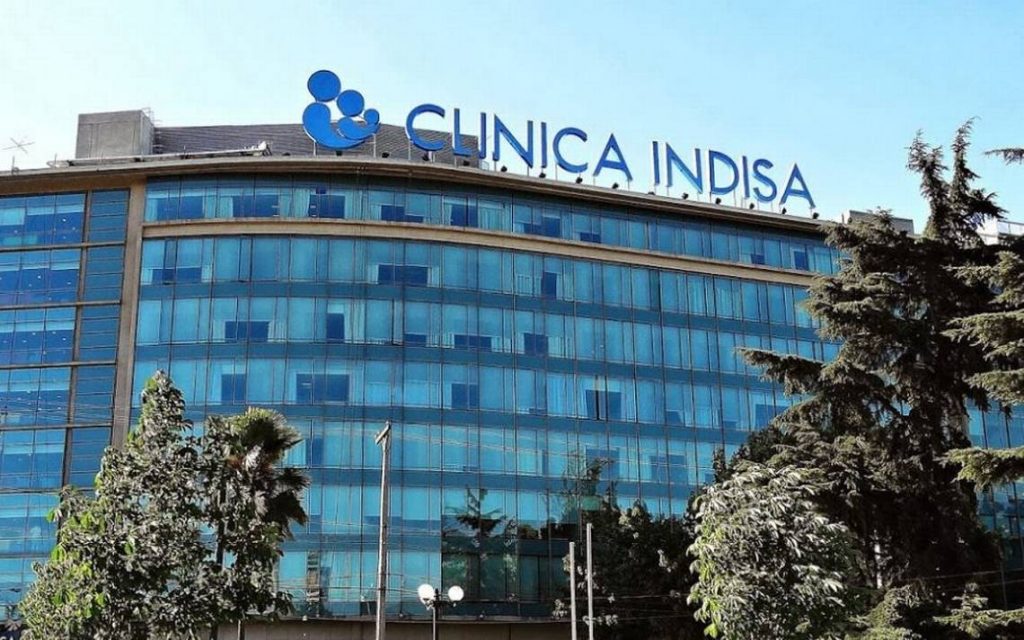
CLINICS AND HOSPITALS
Clínica Indisa – Avenida Santa María 1810, Providencia. Main Desk Tel. +56 2 2362 5555
Clínica Santa María – Av. Santa María 0410, Providencia. Main Desk Tel. +56 2 2913 0000.
Hospital Clínico de la Universidad Católica – Marcoleta 367, Santiago, Metro U. Católica station. Main Desk Tel. +56 2 2354 3000.
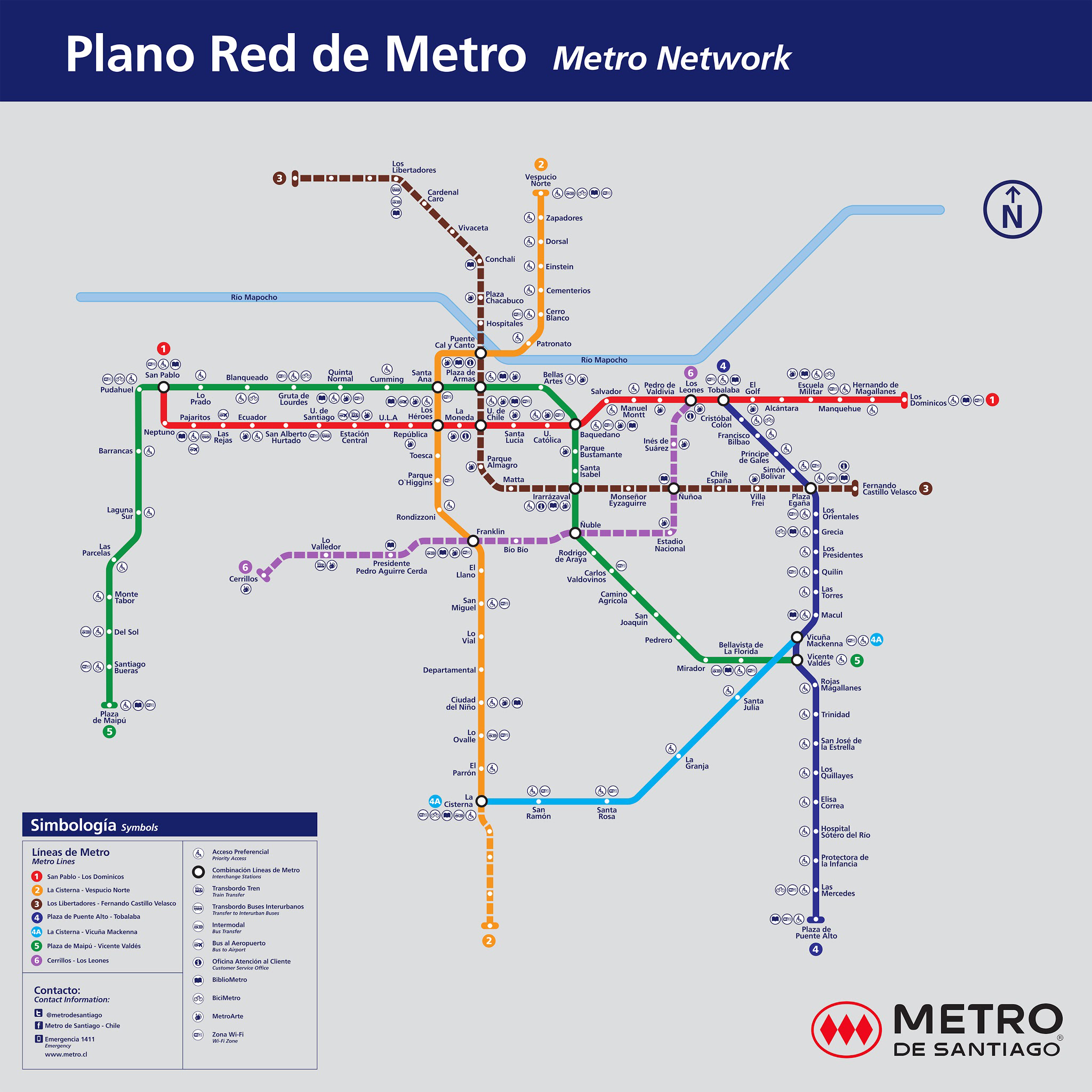
The Metro
The metro is an excellent way to get around. The cost of a trip varies depending on the time of day (see the fare schedule at the end of this document). You must purchase the Bip! card ($1.500 CLP) at the ticket booths, where you can load it with money. The card also works for urban buses. At the end of this document, we have attached a Metro map with a red arrow indicating the San Joaquín station.
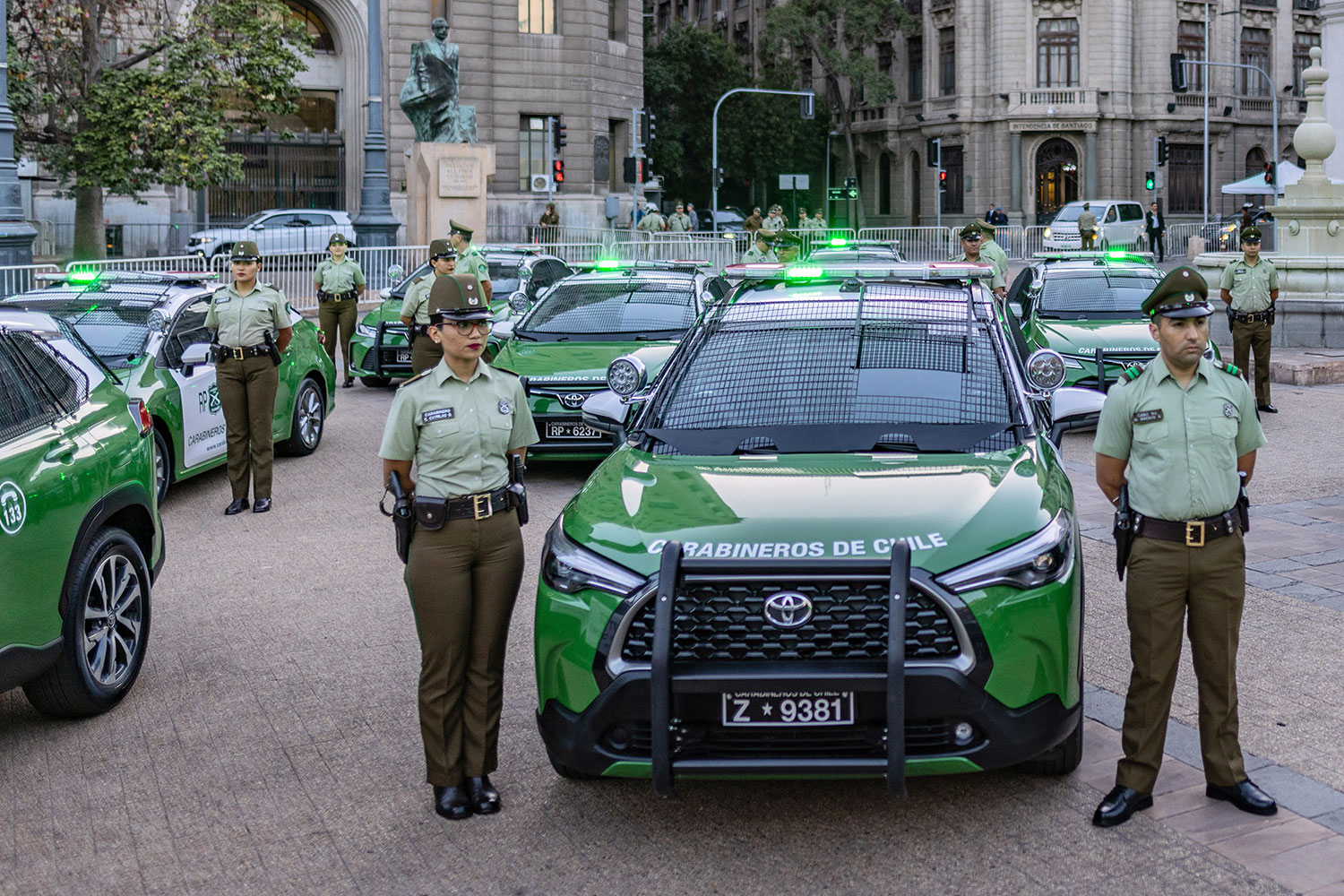
Emergencies
CARABINEROS DE CHILE
Emergencies Tel. 133
19th Police Station Providencia Tel. +56 (2) 2922 2690
POLICÍA DE INVESTIGACIONES (PDI) Tel. 134
POLICE INFORMATION Tel. 139
FIRE DEPARTMENT Tel. 132
EMERGENCY MEDICAL SERVICE (SAMU) Tel. 131

SAFETY
Although Chile is a relatively safe country, it is advisable to be cautious to avoid any inconvenience or unpleasant situations. In Santiago, pickpocketing and cellphone thefts are common, particularly in the downtown area. Be especially careful with personal items such as your cellphone, bags, and wallets. Always carry your bag with you and never leave it on the back of a chair or on a table in restaurants or cafes. For safety reasons, avoid walking in dark, deserted areas, and avoid going to the city center after sunset or to the outskirts, as like any large city, Santiago has some dangerous neighborhoods.
VALUABLE ITEMS TRANSPORTATION
As a precaution, store your valuable items (passport, ID, and other important documents) in the hotel safe and carry only copies of your personal documents. In case of a passport theft, immediately contact Carabineros de Chile at any police station and report the loss to your consulate.
IMPORTANT HEALTH TIPS
Tap water is safe to drink in cities. However, since the bacterial flora may differ from that of your country, if you are only staying for a short period in Chile, it is recommended to drink bottled water. Hygiene is highly regarded by the population, but it is advised to eat raw salads and vegetables only in trusted restaurants.
Always use sunscreen. Chile is one of the countries in the world with the highest levels of solar radiation. It is advisable to wear a hat and sunglasses, especially on sunny days.

Food
In Santiago, particularly in the Providencia neighborhood, you’ll find numerous restaurants and cafés offering all types of cuisine. However, what makes Chile distinctive is its sandwiches (emparedados), which can be made with frica (a fluffy homemade bread), the iconic chilenísima marraqueta (a baguette-style bread with a unique shape), or regular sandwich bread. The king of sandwiches is the chacarero, a sandwich with meat, overflowing with tomato, green beans (also called “vainitas,” “chauchas,” or “judías verdes”), and green chili. Another classic is the italiano, which can be made with either beef or pork tenderloin, chopped tomato, homemade mayonnaise, and mashed avocado. Also popular is the lomito completo, soft pieces of pork with homemade tomato sauce, sauerkraut, and mayonnaise, or the barros luco (meat with lots of melted yellow cheese).
Where to eat them? In Santiago, these sandwiches are very popular, but one place has made them an art and tradition in Chile: La Fuente Alemana (Pedro de Valdivia 210). Other sandwich shops in Santiago include the old Confitería Torres (Alameda 1570), where the Barros Luco was invented, Lomit’s (Avenida Providencia 1980), or any Dominó location (found in food courts of malls), famous for their “completos” (Chilean-style hot dogs).